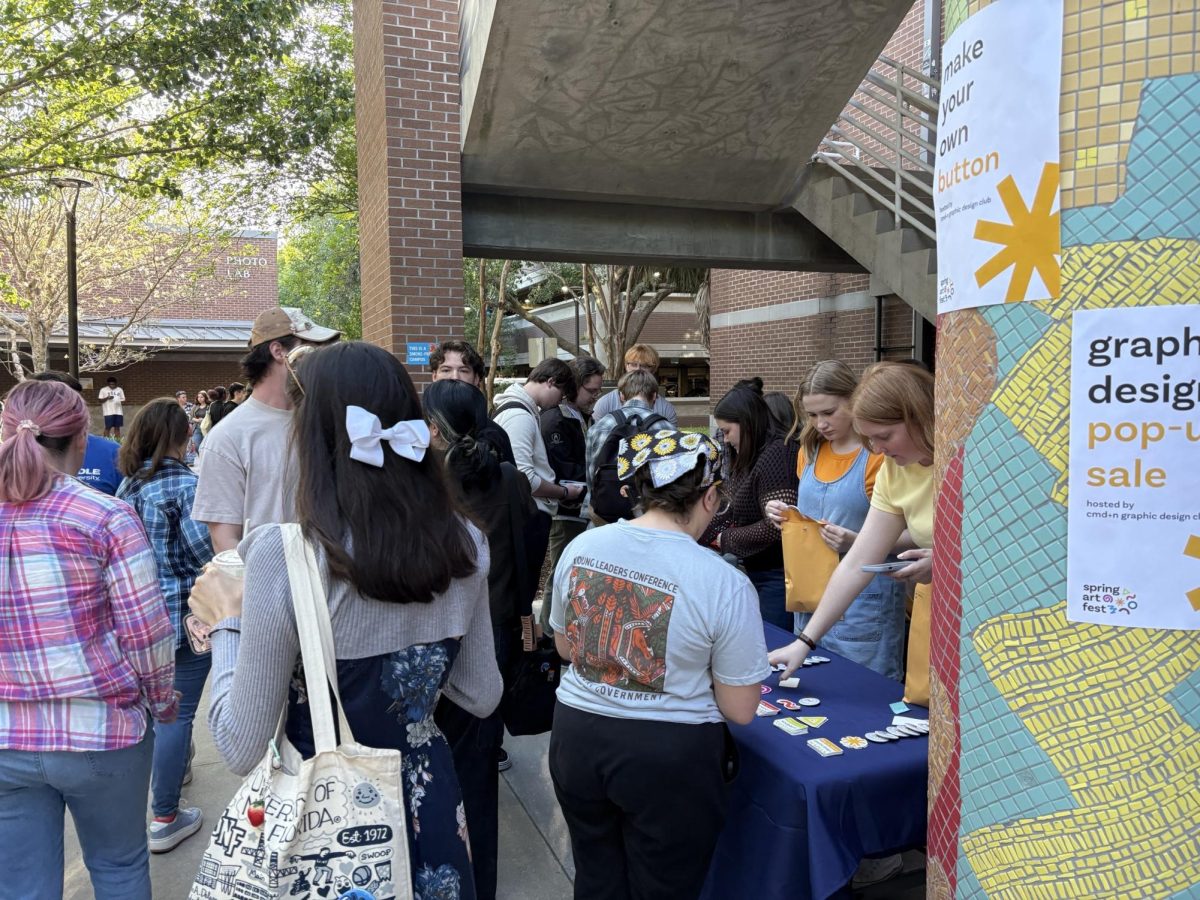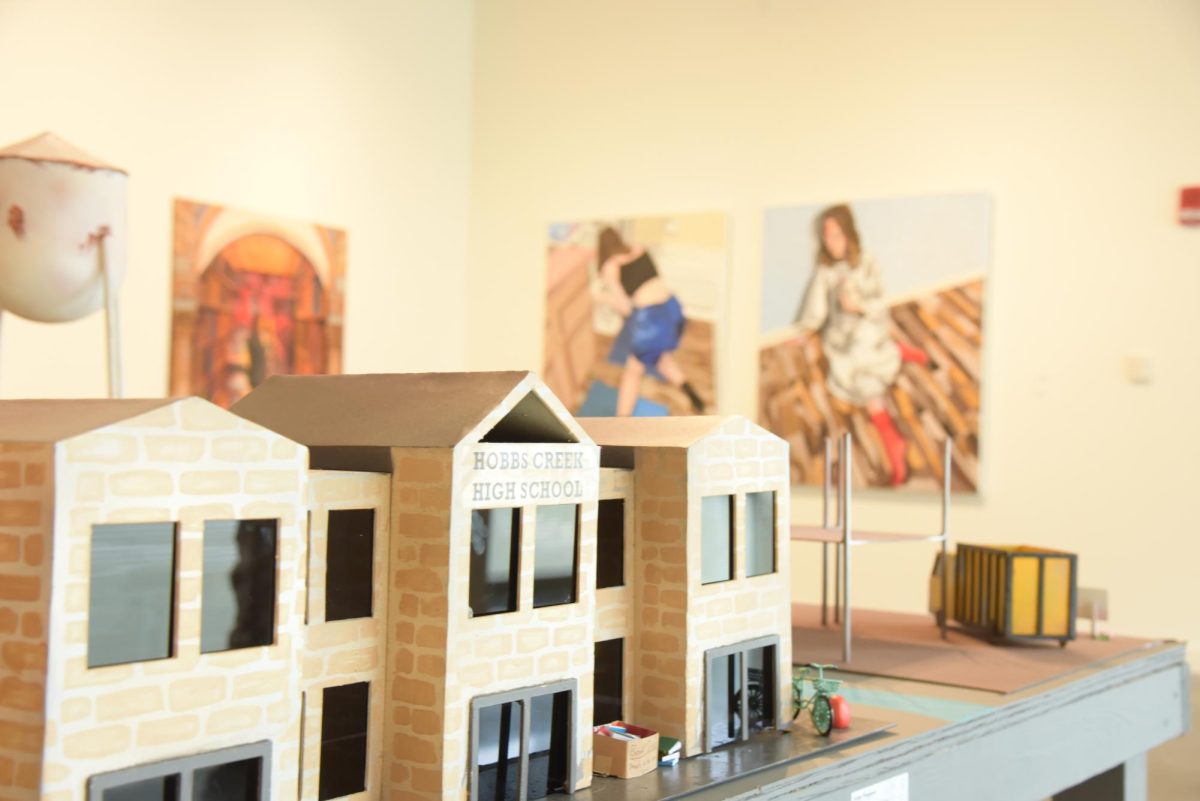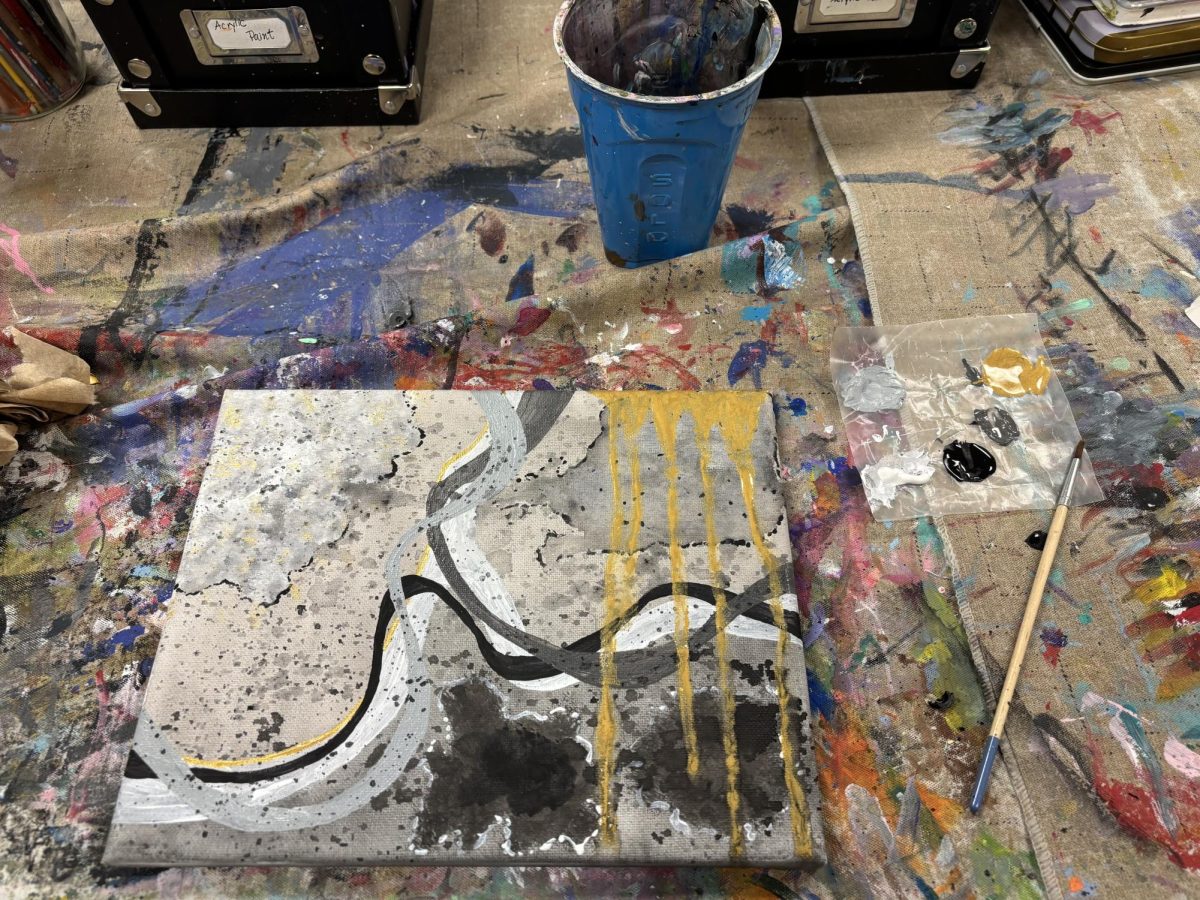[nicevideo link= “http://www.youtube.com/watch?v=lg2_-ukfhfI”]
A traveler, a music-lover and an artist—Bede Clarke is the epitome of what many artists aspire to be. His work has appeared around the country and the world in places like Taiwan, South Korea and Australia.
Clarke has taken ceramic classes since he was 15 years-old, and is now a master of his work. It’s a therapy for him.
“[The material is] almost kind of alive. It’s a very warm material, as opposed to things like, you know, steel, or glass or other materials like glass. I think it’s a very kind of welcoming material,” Clarke said.
Recently, Clarke has been traveling out West, specifically to Montana, Wyoming, and Utah. Much of his work is inspired by the West. “It has some of that ancient quality—that’s in the work,” Clarke said. His works tell stories and have a certain magnetism to them—the pieces almost speak in words to the viewer.

But it’s never been just about the art. Clarke said it’s also about teaching youth.
Often, he gives his students a little piece of advice—he tells them to leave, to travel, to venture out to new places “just to kind of see what kind of opportunities are out there in the world that they may not have thought about,” Clarke said.
His work is displayed at the Museum of Contemporary Art Jacksonville, a cultural resource of UNF. Clarke now lives in Columbia, Mo., where he has been an art professor at the University of Missouri since 1992.
Clarke is known internationally for his wood-fire ceramic works, but he also paints on terracotta and paper. Other forming techniques he works with include utilitarian vessels, sculptural objects, wall platters and large-scale terra cotta tile murals.
His current works have color in them—a rare addition since much pottery consists of earth tones.
“I think that when you realize, oh I haven’t worked with color, well, you’re always looking for something new to explore,” Clarke said.
Clarke is a tranquil guy. When he creates in his studio, he listens to the true classics. “James Taylor, Bob Dylan, Van Morrison, Joni Mitchell. And then I also listen to NPR. It was a good period for music. And you know, in the studio it tends to be more on the mellower side. So James Taylor, or something like that. You usually don’t like to get too rowdy,” Clarke said.
It’s almost as if the music is flowing through each piece—implementing energy onto the viewer.
His work invites viewers to be captivated by the story each piece tells and notice the eccentricity in his abstract works.
Email Ellie Strube at reporter23@unfspinnaker.com











